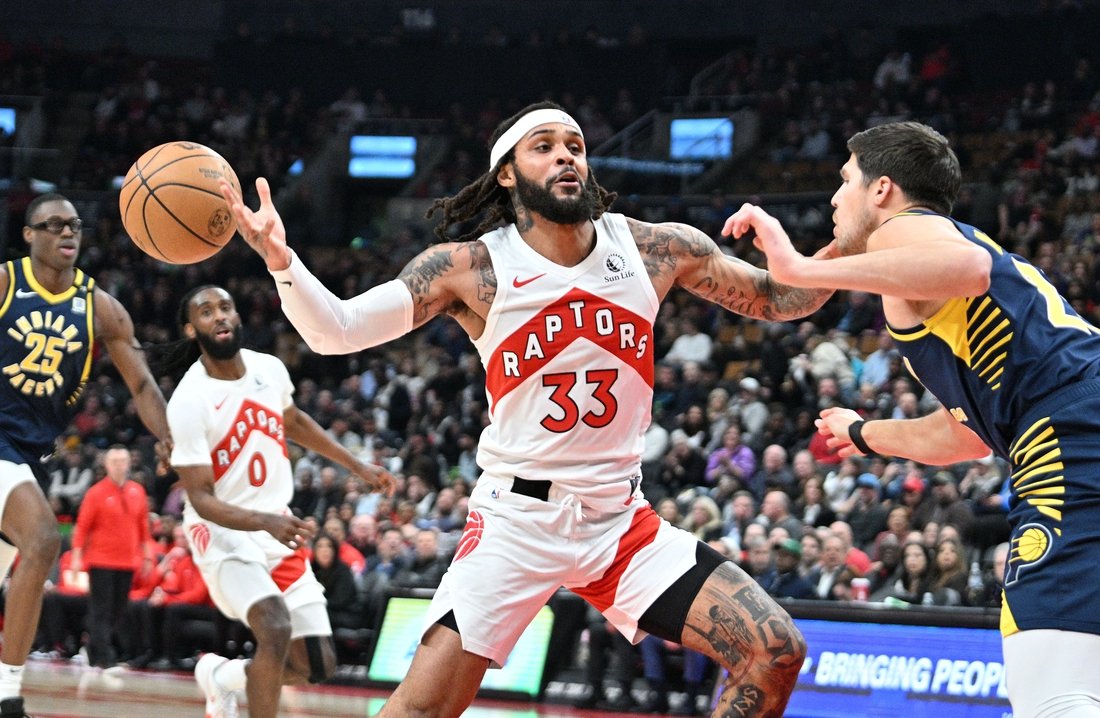In the world of basketball, taking shots is a crucial part of the game. As the famous saying goes, “You miss 100 percent of the shots you don’t take.” However, it is equally important to improve your shot accuracy through shot correction. This concept of improvement through correction is something that NBA Commissioner Adam Silver is currently grappling with as he reassesses the league’s approach to player development.
A few years ago, the NBA introduced the G League Ignite Team as a new pathway for young prospects to bypass college and jump straight into professional basketball. The idea was that top prospects could earn a salary, play against seasoned veterans, and develop their skills in a professional environment. However, as time has passed, it has become clear that this approach may not be as effective as initially thought.
The G League Ignite Team was meant to be an enticing option for players who were hesitant about the traditional college route. By offering big salaries and professional opportunities, the team aimed to attract top talent and groom them for success in the NBA. However, the reality of the situation was quite different. Players found themselves isolated from their peers, playing in obscure gyms, and facing the pressure of performing against experienced opponents.
One of the key issues with the G League Ignite Team was the lack of a safety net for players. Unlike college athletes who can return to school if they are not drafted or suffer an injury, G League players did not have the same security. This lack of a backup plan made the decision to join the Ignite Team a risky one for young prospects.
As time has passed, the shine of the G League Ignite Team has dulled. With the introduction of Name, Image, and Likeness (NIL) opportunities for college athletes, players now have more financial incentives to stay in school and develop their skills in a collegiate setting. Additionally, the allure of the NCAA Tournament as a platform for showcasing talent has not diminished.
In hindsight, it is clear that the G League Ignite Team was not the game-changer that many anticipated. While it produced some top draft picks, the team has struggled to maintain its initial appeal. As Commissioner Silver reevaluates the league’s development strategies, it is evident that shot correction is necessary to ensure the success and growth of young players in the NBA.
In conclusion, the journey of the G League Ignite Team serves as a reminder that taking shots is important, but refining those shots through correction is essential for long-term success. As the NBA continues to evolve and adapt to the changing landscape of player development, it is crucial to learn from past experiences and make adjustments for a brighter future.





